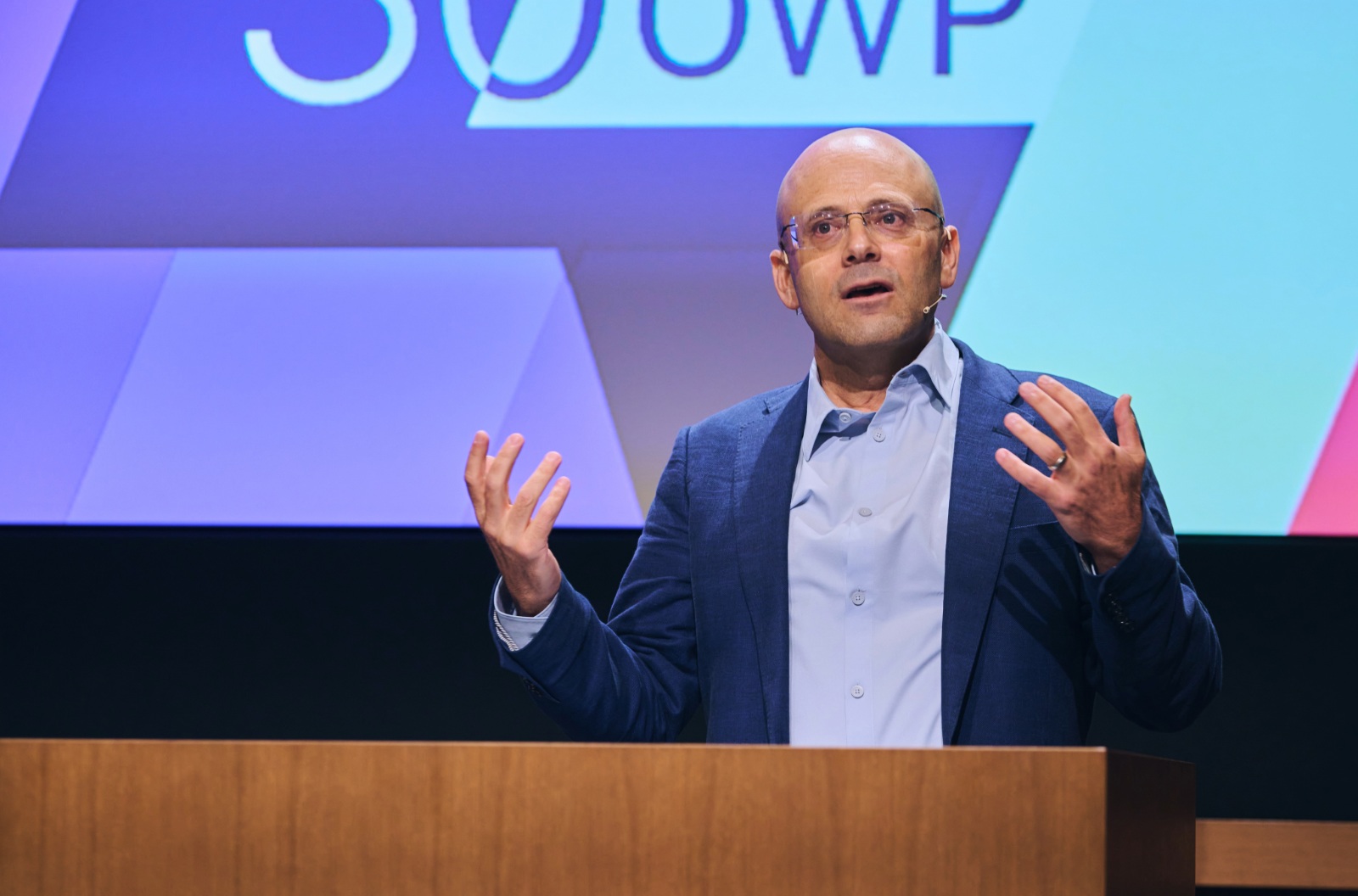
Upstart start-ups and agile disruptors – and what to do about them
Now is the age of market disruptors: of Uber, Deezer, Alipay, Rakuten and many others. These innovative start-ups and nimble brands are crashing into markets traditionally dominated by multinational corporations, grabbing more market share, simplifying consumer habits and making life difficult for the big players. But large organizations can learn from disruptors’ brilliance and agility, and use their own size and strength to fight back.
First, though, what is it about these disruptors that makes them so effective? My research shows that, typically, disruptors do five things better than the leading companies.
1] They collect and execute faster on meaningful and local insights
Big multinational companies tend to have one global positioning for a brand. Disruptors, however, tap into local culture and relentlessly push a single benefit that resonates with local people. In Colombia, for example, Quala has successfully challenged Unilever’s Ponds skin-care brand. Unilever produces all its Ponds products in one or two factories, with all the packaging in English. Quite simply, Quala decided to make similar products with packaging in Spanish and use local beauty queens in its marketing instead of international fashion models. Thanks also to massive distribution, they have managed to take about 20-30% market share from Unilever in various beauty and skin care categories.
2] Disruptors focus on customer “headaches” rather than their classic ‘needs and wants’
Ask customers what they want or need from your existing products, and the usual response will be ‘lower your prices’. By focusing first on people’s “pain points”, however, disruptors find new solutions to make the life of consumers better, easier, faster. To take Uniqlo as an example: the company has developed light, high-tech clothes that solve the headache of needing to wear layers to stay warm in cold weather – and at an affordable price.
3] They target high margins and bypass intermediaries
The optical industry is one of the most profitable in retail, operating with big margins. A normal pair of glasses can easily cost €300. But “Lunettes pour Tous” in France, founded by 24-year-old Paul Morlet, offers prescription glasses for “€10 within 10 minutes”. And the company still makes a profit. “The margins of the traditional players are simply outrageous,” Morlet once said. Once he had recognized this, the door was open for him to jump into that gap in the market and shake up the industry.
4] Disruptors think broadly about innovation
When managers hear the word ‘innovation’, they generally think about product innovation. But the best disruptors, whether it’s Uber or Airbnb or Quala, innovate in product, packaging, communication, process: in fact, the whole business model. And I think that this is the biggest challenge that many big companies are facing. They have one business model, and try to stick to it. But in fact they need to develop the agility to simultaneously use different business models with different products, brands and regions. Nestle’s ice cream business is a good example of a multinational being agile in this way, as it has created joint ventures and works with private equity firms to bring products to local markets.
5] They take advantage of their agility and benefit from the rigidity of the big players
To put it simply, disruptors make decisions quickly. In this respect, the complexity of traditional business works against big players. While disruptors are breaking into the market, their larger competitors are still trying to decide what to do about it. Disruptors have few processes and fewer constraints both strategically and in terms of execution, allowing them to be more nimble, responsive and innovative. It’s the same mindset that led Amazon boss Jeff Bezos to come up with the ‘two-pizza rule’ for productive meetings: if you have more people in a meeting than could be fed by two pizzas, the meeting becomes time-consuming and inefficient.
So how can traditional companies and market leaders respond to the challenge of disruptors?
First of all, they need to create their own pioneers. Many firms are tempted to acquire challenger brands. However, by imposing their processes on the small players, large corporations most often kill or destabilize their start-up culture and often inherit an empty “shell”. The recent announcement by L’Oréal that it was putting the “Body Shop” up for sale exemplifies the challenge for a large corporation to integrate the culture of a challenger. In contrast, companies like Nestlé were successful at creating their own pioneers by letting internal entrepreneurs (“intrapreneurs”) create Nespresso. Despite this huge success, the challenge is now for Nestlé to smartly replicate this model in other business categories.
Secondly, corporations need to rethink how to move away from a centralized business model and give more decision-making power to their local or regional businesses. By doing this, innovations developed locally can then be harnessed by the bigger business, which can use its size to scale up and launch them on the global markets. For example, P&G and Unilever have had good results at spreading innovations launched by Asian competitors who had no global scale. More autonomy for the locals and less intervention from headquarters is a simple formula (easier said than done) to ensure success.
Thirdly, large companies need to manage a portfolio of complementary brands. With few exceptions (e.g. Mercedes), a single brand rarely covers every market segment: a portfolio enables them to cover all the price segments, from high end to low end. Michelin has been particularly successful at managing brands such as Kleber, Uniroyal, BF Goodrich, Tigar, Riken and Kormoran covering every price segment of the tire market so that it leaves no space for competitors to move in.
However, managing a portfolio of brands can result in having to manage different business models simultaneously. This is not an easy task. At the moment the pendulum is still swinging towards centralization as the pressure mounts from financial markets to cut costs and operate more efficiently. However, inefficiency and risk-taking are characteristics of disruptors. To stand up to them, perhaps it’s time for big businesses to take a leaf out of their book.
Dr. Dominique Turpin is the Dentsu Professor and Dean of External Relations at IMD.
Research Information & Knowledge Hub for additional information on IMD publications
Absa faced a critical rise in cyberattacks, and with the cybersecurity talent gap widening, the company urgently needed a long-term solution. To address this, former CISO Sandro Bucchianeri launched the Cybersecurity Academy in 2019, an initiative...
The conference on the state of globalisation took place on 4 April 2025 in Tokyo, a few hours after the so-called US “reciprocal tariffs” were announced in Washington DC. This offered an opportunity to discuss economic research on a front page top...
The State of Globalisation brings together leading economists to examine how technology, policy, and geopolitics are simultaneously reshaping the global economy in unprecedented ways. Far from marking a simple retreat, today’s divergent forces are...
Digital transformation introduces a new set of parameters for firm innovation. Existing literature has found that family firms vary on their willingness to innovate. However, explanations of the factors that lead to a family firm’s (un)willingness...
Research Information & Knowledge Hub for additional information on IMD publications
Research Information & Knowledge Hub for additional information on IMD publications
Case reference: IMD-7-2642 ©2025
Research Information & Knowledge Hub for additional information on IMD publications
Research Information & Knowledge Hub for additional information on IMD publications
Research Information & Knowledge Hub for additional information on IMD publications
in Baldwin, Richard (Ed.); Ruta, Michele (Ed.) / The state of globalisation, pp. 1-9 / London: CEPR Press
Research Information & Knowledge Hub for additional information on IMD publications
Research Information & Knowledge Hub for additional information on IMD publications
Research Information & Knowledge Hub for additional information on IMD publications
in I by IMD
Research Information & Knowledge Hub for additional information on IMD publications
in Small Business Economics 24 May 2025, ePub before print, https://doi.org/10.1007/s11187-025-01057-8
Research Information & Knowledge Hub for additional information on IMD publications






